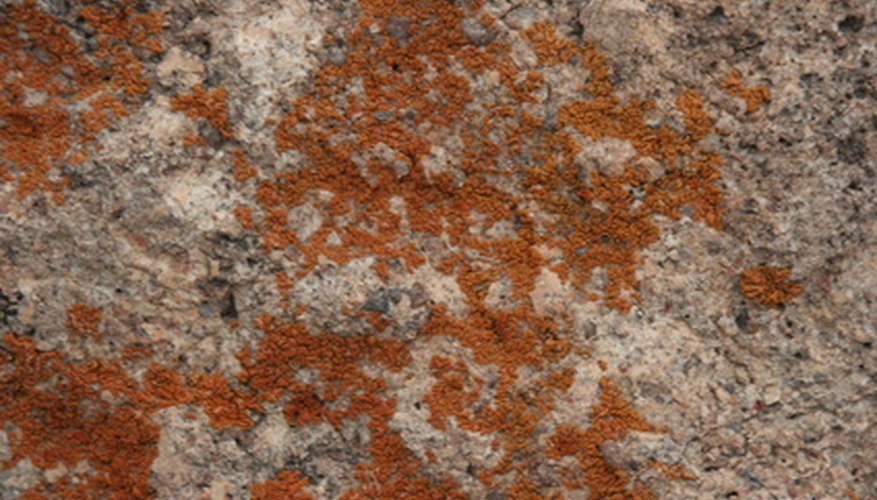The Centers for Disease Control and Prevention (CDC) says people are exposed to over 200 species of fungi. Fungi are commonly found in homes that have sustained water damage from broken pipes, flood damage and condensation. Fungi spores from soil can also be carried into homes through dust and dirt. Airborne fungi may cause allergies, asthma or other permanent health issues for humans and animals.
Poria Incrassata
Poria incrassata, also known as Meruliporia incrassata, is a brown rot fungus that destroys whatever wood it is exposed to. It is different than other types of wood decay fungi because it conducts water and can destroy an entire house. This type of fungus can transport water through its root-like rhizomorphs to dry parts of wood to wet it for further decay says the University of California, Riverside Urban Entomology department.
Cladosporium
A Yale study published in Environmental Health Perspectives found that Cladosporium is closely linked to homes with high levels of condensation. This genus of fungi lives on dead plants and can appear as black or brown colonies. It produces volatile organic compounds (VOCs) and can give off a foul odour. It can cause pulmonary, toenail and skin infections. Large amounts of Cladosporium can affect those with asthma and can cause sinusitis.
- A Yale study published in Environmental Health Perspectives found that Cladosporium is closely linked to homes with high levels of condensation.
- Large amounts of Cladosporium can affect those with asthma and can cause sinusitis.
Stachybotrys Chartarum
The CDC says Stachybotrys chartarum is a green-black mould that grows on fiberboards, paper and lint in high moisture areas. This includes rooms that have or are excessively humid. This fungus is often called black mould and mistakenly believed to be toxic. The mould itself is not toxic, but it may produce mycotoxins in your home.
- The CDC says Stachybotrys chartarum is a green-black mould that grows on fiberboards, paper and lint in high moisture areas.
- The mould itself is not toxic, but it may produce mycotoxins in your home.
Penicillium
Penicillium is an oval-shaped single-cell fungal spore. This allergenic mould is found in wallpaper, carpet fibreglass insulation. Penicillin is derived from this household mould and commonly used as an antibiotic, but it prolonged exposure is bad for your health. Penicillium can produce mycotoxins, cause allergic reactions, vomiting, diarrhoea and headaches according to the United States Environmental Protection Agency.
- Penicillium is an oval-shaped single-cell fungal spore.
- Penicillin is derived from this household mould and commonly used as an antibiotic, but it prolonged exposure is bad for your health.
Aspergillus
Aspergillus can grow on many surface areas such as wood, plants, drywall, soil and sheetrock. It is commonly found on decayed vegetation and starchy foods like bread and potatoes. This fungus has a white ring around a turquoise centre. It can easily grow into large colonies and can trigger a variety of health risks. The National Institutes of Health lists coughing, fever, wheezing, bone pain and headaches as some of the symptoms related to aspergillus exposure.
- Aspergillus can grow on many surface areas such as wood, plants, drywall, soil and sheetrock.
